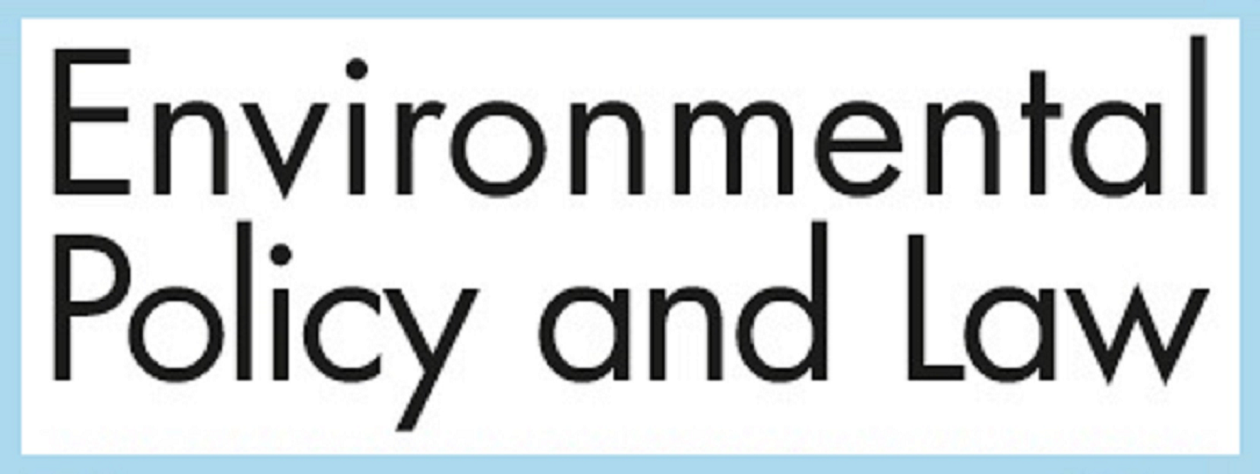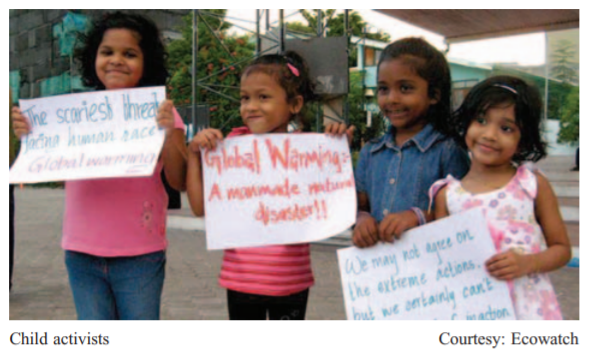Children’s Rights and Climate - Change Policy: Addressing the Concerns of Children and Future Generations
M. Deva Prasad*,1 and C. Suchithra Menon**,2
1 Indian Institute of Management, Kozhikode, India
2 National Law School of India University, Bangalore, India
* Co-corresponding author
**Co-corresponding author
EPL, Vol.48, Iss.3-4, pp.157-160, 2018

